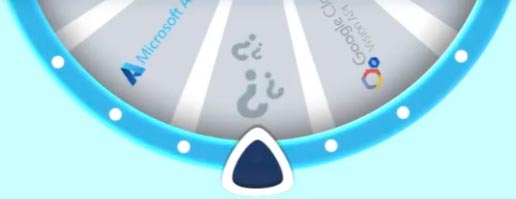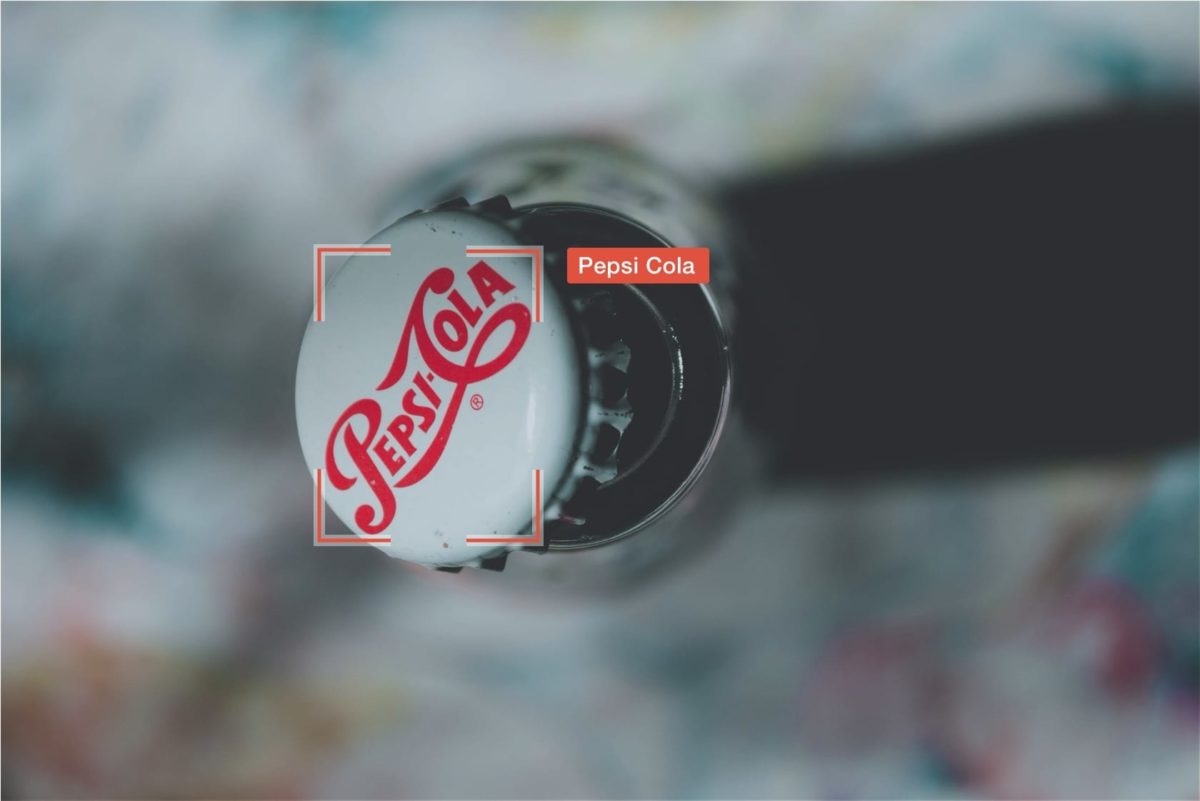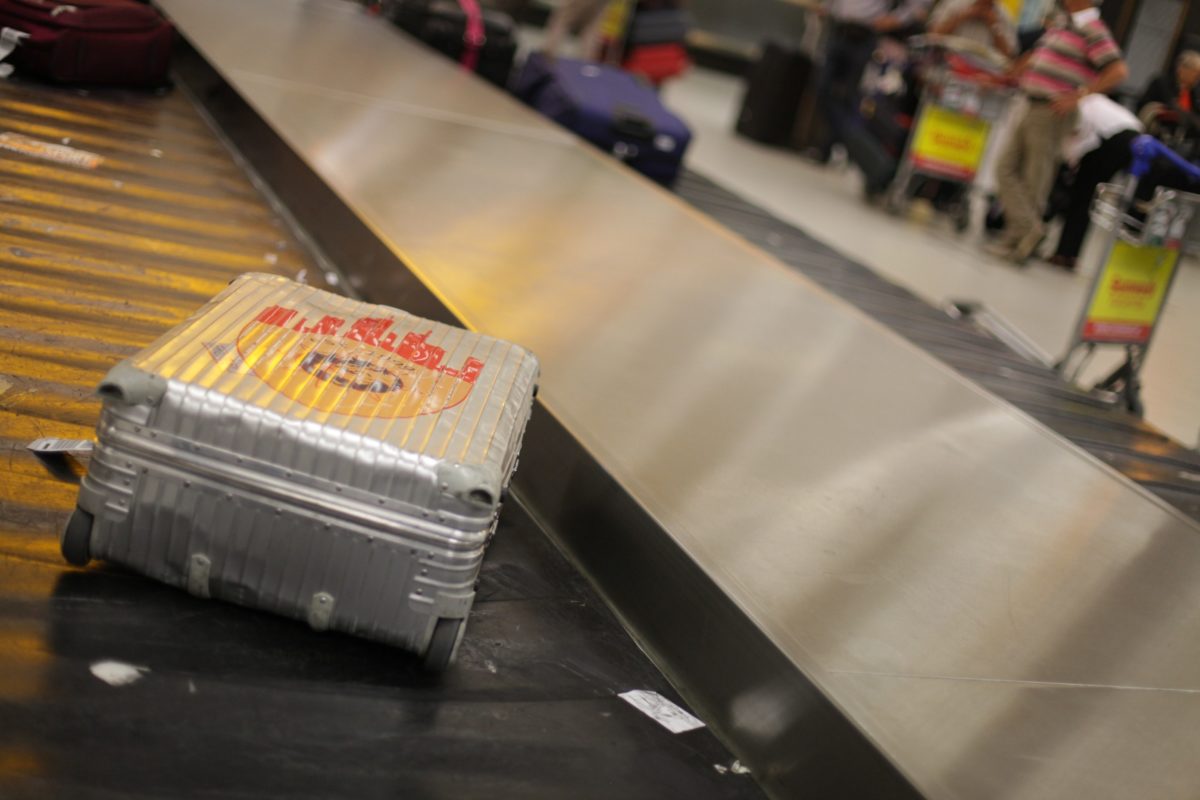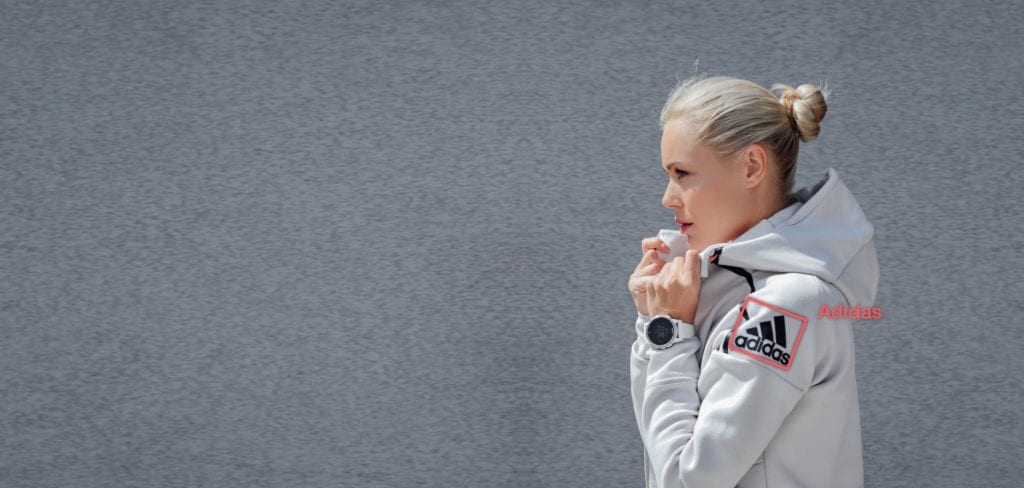8 Visual-AI FAQs
1. What is Visual-AI?
Visual-AI is the identification of objects and logos within an image. When using Visual-AI technology, images or videos are passed through detection servers where objects and logos can be identified, which generates various insights.
Digital data is everywhere. We are currently living in a Visual Age and social media platforms have started to recognize this. We only have to look at the success of platforms, such as Instagram, Snapchat and TikTok, to clearly see this shift from text to visuals. In short, Visual-AI technology has been developed in response to the digital demand for visual content.
2. Why is Visual-AI important?
3.2 billion images are shared each day on social media. Instagram now has 500 million users and over 95 million photos are uploaded to the platform each day… That’s a lot of visual data. Even Facebook’s news feeds are now completely saturated by memes, images, and videos.
So what does this mean for market researchers? If we already have text-based detection, why shouldn’t we have the same for images? Having visual analytics means that visual data doesn’t have to be extracted manually. So Visual-AI is important because visual is where the future of digital is heading and it’s becoming clearer and clearer that text-centric Social Listening tools are no longer enough to obtain complete data.
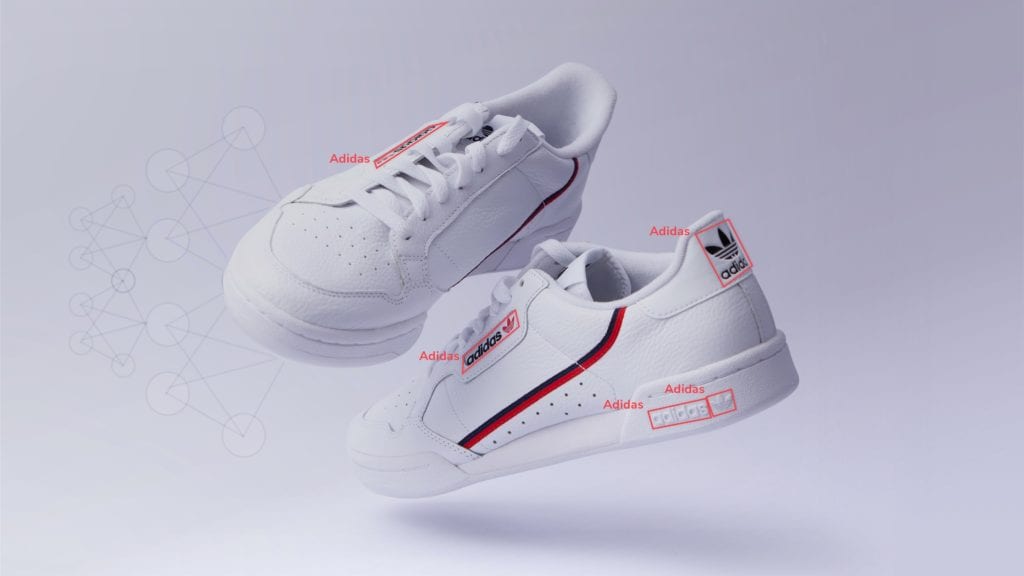
3. What are the benefits of Visual-AI technology?
For most industries, Visual-AI can be very advantageous. It is particularly useful for brands who want complete social media analytics for both text and images. If a brand already has a Social Listening strategy in place, implementing visual listening for visual analytics will optimize that strategy. More data means more insights, making brand and logo detection much more effective. For social analytics and Social Media Monitoring companies, Visual-AI and logo detection technology provide more complete data for their customers.
For the digital sphere, the benefits of Visual-AI are only just beginning. Recent developments in this technology even allow us to expose and understand human behaviour, likes and dislikes. Object and Scene Detection and embedded text detection makes this possible and adds critical depth to already valuable insights.
4. Can Visual-AI detect more than brands within images?
Visual-AI has developed at a ferocious pace. Today, it is possible to detect exact matches of brands as well as brand variants and close matches. However, some of the most interesting developments are those that can be layered on top of the brand data. As previously highlighted, Object and Scene detection can give critical insights about the overall context of an image, (such as beach, mountains, street, restaurant, home, etc.), while also giving details about other objects within the image, (people, animals, furniture, drinking glasses, and literally thousands of other types of objects). This allows marketers to begin to understand key trends, such as activities popular with their brand at certain times of the year, or foods that complement a drinks brand, etc.
Memes have become a major thing. Additionally, posts are screen-grabbed and shared as images on other platforms, and video-sharing platforms provide powerful editing capabilities that allow text to be added to the video very easily. Being able to detect and read this textual content, that is embedded in the media, is therefore very important also. Text Detection unlocks this data, providing machine-readable data for your analysis.
On the subject of video content, according to Brandwatch, Facebook gets 8 billion video views per day from 500 million users and when Instagram first introduced videos, over 5 million were shared in just 24 hours.
It’s clear that video is now taking over digital and marketers recognize this with 51.9% of them believing video to be the type of content that has the best ROI. Image recognition is also possible in real time. As social media is constant, it’s important that the technology you are using has the ability to apply these advanced Visual-AI techniques to videos as well as images.
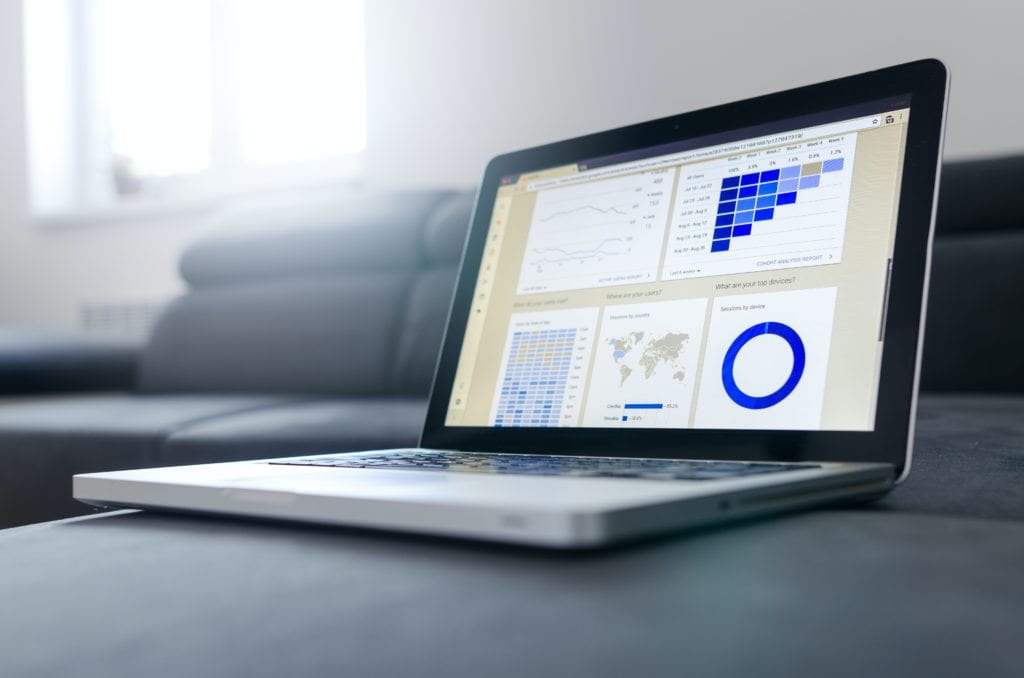
5. How can marketers use Visual-AI to their advantage?
Marketers can leverage Visual-AI data in many ways. The most obvious is to monitor brand exposure and consumer engagement in un-paid/organic media, but it goes much further than this. The ability to ‘see’ within the media and aggregate key insights means that marketers can begin to see trends that were never possible before. Activities, events, foods, drinks, clothing that appear in a high percentage of posts that your brand appears in provide opportunities to develop new campaigns. Memes that contain your brand (whether positive or negative) can be tracked and actions respective action taken. Collaborations with other brands can be identified. Illegal use of your brand…the list goes on and on.
6. What happens if a social media profile is private?
If a social media account is set to private as opposed to public, usually the privacy terms and conditions of the platform mean that insights aren’t obtainable from that account. Visual-AI companies cannot violate terms of service. However, the majority of insights that brands gather are from influential and popular accounts rather than from private users.
According to Huffington Post, only 11.8% of Twitter users have private accounts. So not many people opt for a privatized social media experience. Text-based Social Listening tools have already been analyzing data from shared and public accounts for many years, so image-based social analytics broaden that analysis while aligning with any usage terms.
7. Can Visual-AI detect text-based logos?
Depending on the technology, it is possible for Visual-AI to effectively and efficiently detect text-based logos. As long as the technology you are using is advanced enough, text-based images should be easily detectable. The reason why some technologies cannot detect these logos is because the textual aspects of a logo are much more difficult to distinguish from regular text.
A simpler logo, such as Nike’s is also difficult to detect because there isn’t anything overtly distinct about it. With a more intricate logo, it’s much easier to identify because there are unique and distinguishable characteristics about its design. Sometimes the logo can be very small within the image which can also cause recognition problems. However, if the technology you are using is of good quality, then there should be few issues when it comes to detecting text-based, simple, and smaller logos.
Thankfully VISUA’s Logo Detection API provides the industry’s highest levels of precision and recall, so both text and simple logos can be detected to the highest degrees of accuracy.
8. Do I need Visual-AI?
The best way to answer this is with a counter-question. If you are a social media or brand monitoring platform, are you happy only providing 22% of all the brand detections available because you only track text-based mentions? Are you also happy not providing key image insights to your customers? If you are brand manager, are you happy missing out on the 88% of brand mentions that are visual-only and do you think that demographic and psychographic data locked into images add nothin to your brand intelligence?
If you answered ‘No’ to these questions then you need Visual-AI!
Social analytics companies should talk to us about adding Visual-AI into your product. Want to try it first? No problem – fill in the form below and we’ll setup a real test for you on your own dataset.
Brands should ensure you choose a social analytics platform that already uses Visual-AI.
Book A DemoRELATED
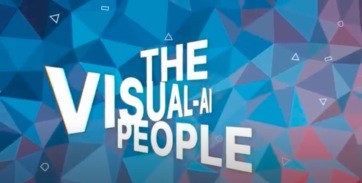 Video: We Are VISUA Posted in: Everything Else - Discover why we’re the Visual-AI people - delivering cutting-edge computer vision solutions ranging from logo/mark detection and counterfeit product detection to holographic authentication and phishing detection...
Video: We Are VISUA Posted in: Everything Else - Discover why we’re the Visual-AI people - delivering cutting-edge computer vision solutions ranging from logo/mark detection and counterfeit product detection to holographic authentication and phishing detection...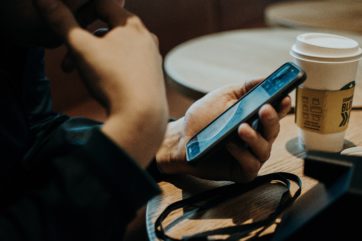 4 Ecommerce Trends – Updated for 2022 Posted in: Everything Else - Reading Time: 3 minutesAs 2022 is well underway, new trends are beginning to emerge within the world of ecommerce. The online retail industry saw an […]
4 Ecommerce Trends – Updated for 2022 Posted in: Everything Else - Reading Time: 3 minutesAs 2022 is well underway, new trends are beginning to emerge within the world of ecommerce. The online retail industry saw an […]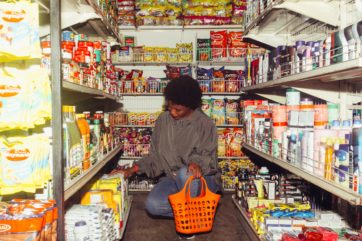 6 Reasons Why Retailers Need A.I. for Automated Retail Intelligence Posted in: Everything Else - Reading Time: 3 minutes1. A.I. can monitor retail out-of-stocks. Something that has been plaguing the offline retail industry for too long is the frequency of […]
6 Reasons Why Retailers Need A.I. for Automated Retail Intelligence Posted in: Everything Else - Reading Time: 3 minutes1. A.I. can monitor retail out-of-stocks. Something that has been plaguing the offline retail industry for too long is the frequency of […]
Could Computer Vision be the Solution to the International Luggage Issue?
Reading Time: 4 minutesThe explosion in world travel after the easing of lockdowns and travel restrictions has seen airports struggle…
Everything Else TechnologyFranco De Bonis Interview With Private Internet Access
Reading Time: < 1 minuteVISUA Marketing Director Franco De Bonis sat down to chat with Private Internet Access recently to…
Everything ElseThe History of the Logo
Reading Time: 4 minutesThe beginning of logo design We all know that a logo has the potential to be a…
Everything Else